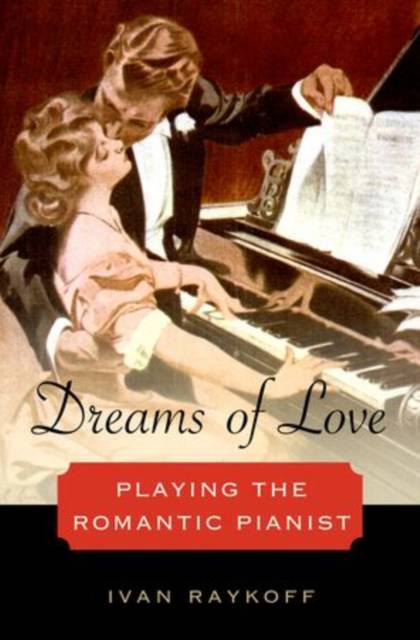
- Afhalen na 1 uur in een winkel met voorraad
- Gratis thuislevering in België vanaf € 30
- Ruim aanbod met 7 miljoen producten
- Afhalen na 1 uur in een winkel met voorraad
- Gratis thuislevering in België vanaf € 30
- Ruim aanbod met 7 miljoen producten
Zoeken
Omschrijving
The Romantic pianist - the solo pianist who plays nineteenth-century piano music - has become an attractive figure in the popular imagination, considering the innumerable artworks, literary works, and films representing this performer's seductive allure. Dreams of Love pursues a wide-ranging interdisciplinary approach to understanding the romantic pianist as a cultural icon, focusing on the role of technology in producing and perpetuating this mythology over the past two centuries. Sound recording and cinema have shaped the pianist's music and image since the early twentieth century, but these contemporary media technologies build upon practices established during the early nineteenth century: the influence of the piano keyboard on early telegraphs and typewriters, the invention of the solo recital alongside developments in photography, and the ways that piano design and the placement of the instrument on stage structure our viewing-listening perspectives. The concept of technology can be broadened to include the performance of gender and sexuality as further ways of making the pianist into an attractive cultural figure. The book's three sections deal with the touch, sights, and sounds of the Romantic pianist's playing as mediated through various forms of technology. Analyzing these persistent Liebesträume and exploring how they function can reveal their meaning for performers, audiences, and music lovers of the past and present too.
Specificaties
Betrokkenen
- Auteur(s):
- Uitgeverij:
Inhoud
- Aantal bladzijden:
- 304
- Taal:
- Engels
Eigenschappen
- Productcode (EAN):
- 9780199892679
- Verschijningsdatum:
- 2/12/2013
- Uitvoering:
- Hardcover
- Formaat:
- Genaaid
- Afmetingen:
- 160 mm x 236 mm
- Gewicht:
- 566 g

Alleen bij Standaard Boekhandel
+ 215 punten op je klantenkaart van Standaard Boekhandel
Beoordelingen
We publiceren alleen reviews die voldoen aan de voorwaarden voor reviews. Bekijk onze voorwaarden voor reviews.








